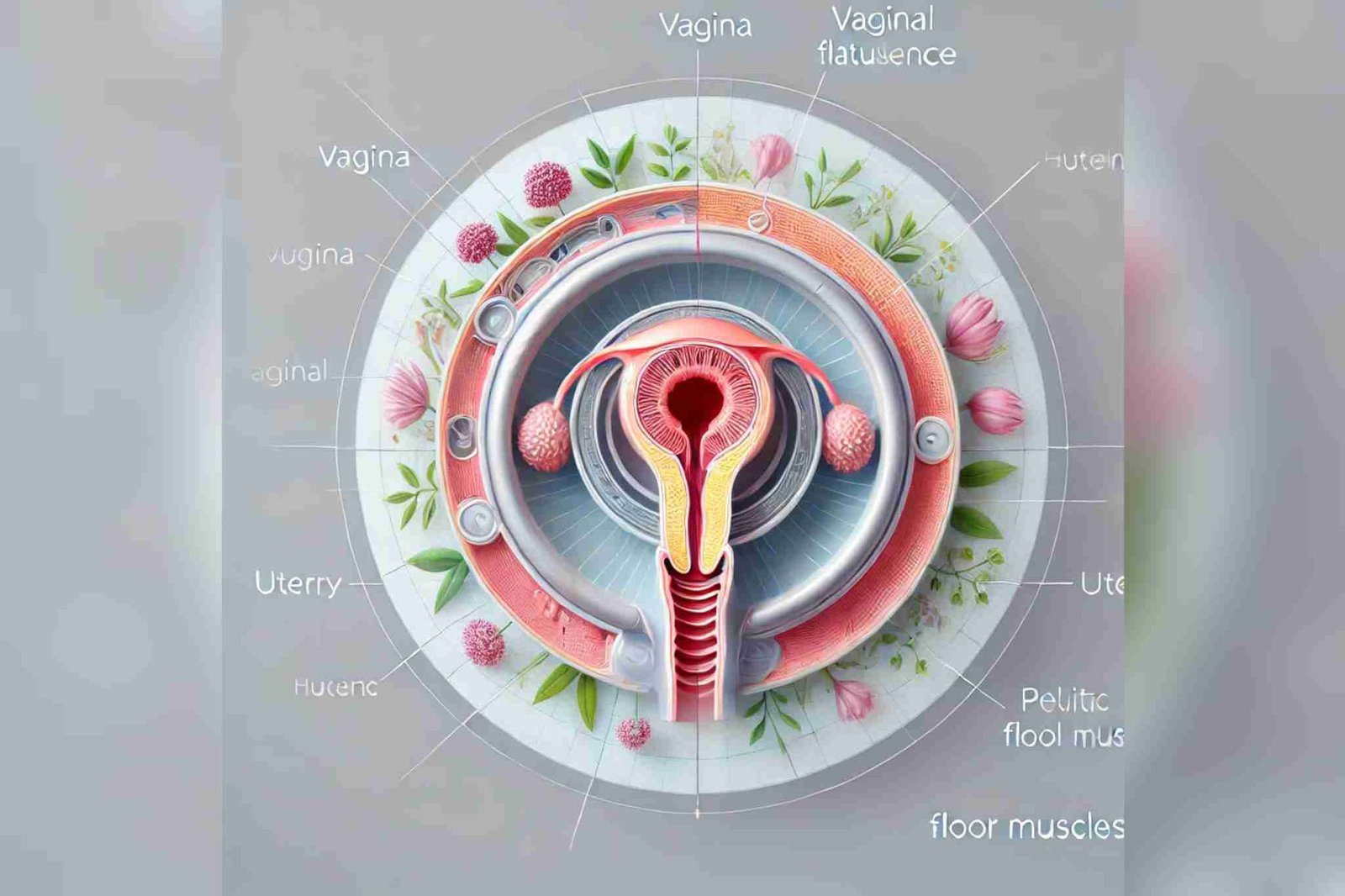Vaginal flatulence, commonly referred to as vaginal gas, occurs when air gets trapped in the vaginal canal and is released, often producing a sound similar to passing gas from the rectum. This natural phenomenon is typically harmless but can occasionally cause embarrassment or discomfort, especially during intimate moments or physical activities.
Unlike gastrointestinal flatulence, vaginal flatulence has no connection to digestion. It primarily stems from the unique anatomical structure of the vagina and certain physical activities or conditions that promote air entrapment.
Symptoms of Vaginal Flatulence
Vaginal flatulence is generally easy to identify based on its symptoms, which include:
- Audible Sound: A noticeable sound caused by the release of trapped air.
- Air Movement Sensation: A feeling of air being expelled from the vaginal canal.
- No Odor: Unlike gastrointestinal flatulence, vaginal gas is odorless since it doesn’t involve digestion or bacteria in the intestines.
- Occasional Discomfort: While rare, some women may feel slight discomfort if a significant amount of air gets trapped.
If you experience pain, persistent bloating, or other unusual symptoms, these might indicate an underlying health issue and should be evaluated by a healthcare provider.
Causes of Vaginal Flatulence
Several factors can contribute to vaginal flatulence. Common causes include:
1. Physical Activities
- Sexual Intercourse: Air can enter the vaginal canal during sexual activity, leading to the release of vaginal gas.
- Exercise and Yoga: Certain movements, especially those involving pelvic or leg stretches, can trap air in the vagina.
- Childbirth: Post-delivery, the vaginal walls may remain more relaxed, increasing the likelihood of air entrapment.
2. Anatomical or Physiological Factors
- Weakened Pelvic Floor Muscles: Aging, childbirth, or lack of exercise can weaken these muscles, making it easier for air to get trapped.
- Pelvic Organ Prolapse: This condition, where pelvic organs press against the vaginal wall, can create space for air accumulation.
3. Medical Conditions
- Fistulas: Abnormal connections between the vagina and other organs (e.g., the rectum) can lead to persistent vaginal flatulence. This is a rare but serious condition that requires medical attention.
- Vaginal Atrophy: Common during menopause, this condition can cause thinning and dryness of the vaginal walls, altering its structure and leading to air entrapment.
Diagnosis of Vaginal Flatulence
Diagnosing vaginal flatulence is usually straightforward and relies on patient history. However, if the issue is recurrent or accompanied by other symptoms, a healthcare provider may recommend:
- Physical Examination: A pelvic exam to assess the vaginal structure and check for abnormalities like prolapse or fistulas.
- Imaging Tests: Ultrasound or MRI to visualize internal structures if a fistula or other condition is suspected.
- Medical History: Discussing childbirth, surgeries, or other events that might affect vaginal health.
Early diagnosis helps rule out serious underlying conditions and provides appropriate treatment options.
Treatment for Vaginal Flatulence
Treatment depends on the underlying cause. In most cases, vaginal flatulence doesn’t require medical intervention. However, for persistent or bothersome cases, consider the following:
1. Strengthening Pelvic Floor Muscles
- Kegel Exercises: Regularly practicing Kegels can improve muscle tone and reduce air trapping.
- Physical Therapy: A pelvic floor specialist can provide tailored exercises and techniques to enhance muscle strength.
2. Medical Interventions
- Surgical Repair: For conditions like fistulas or severe prolapse, surgical correction may be necessary.
- Hormonal Treatments: Estrogen creams or other hormonal therapies can help improve vaginal elasticity, particularly in postmenopausal women.
3. Lifestyle Modifications
- Exercise Awareness: Modify or avoid exercises that consistently lead to vaginal gas.
- Sexual Positions: Experimenting with different positions during intercourse can minimize air trapping.
Prevention of Vaginal Flatulence
While it’s impossible to prevent vaginal flatulence entirely, adopting certain practices can reduce its occurrence:
- Maintain Pelvic Floor Health
- Perform Kegel exercises regularly to keep muscles toned.
- Consider pelvic floor physical therapy if muscles are weak or damaged.
- Choose Appropriate Clothing
- Avoid overly tight clothing that restricts natural airflow and movement.
- Mindful Physical Activity
- Be cautious with exercises that involve extreme stretching or rapid movements that can force air into the vagina.
- Practice Good Vaginal Hygiene
- Keeping the vaginal area clean and healthy can prevent complications or structural changes that might contribute to vaginal gas.
When to See a Doctor
Vaginal flatulence is rarely a cause for concern. However, consult a healthcare provider if you experience:
- Persistent or severe vaginal gas.
- Pain, swelling, or discomfort alongside vaginal flatulence.
- Unusual vaginal discharge or foul odor.
- Symptoms suggestive of pelvic organ prolapse or fistulas.
Timely medical attention can help address underlying conditions and prevent complications.g
FAQs About Vaginal Flatulence
1. Is vaginal flatulece normal?
Yes, vaginal flatulence is a normal and common occurrence for many women. It’s typically harmless and doesn’t require treatment unless accompanied by other symptoms.
2. Can I prevent vaginal flatulence completely?
While prevention is challenging due to the natural structure of the vagina, strengthening pelvic floor muscles and being mindful during physical activities can reduce its frequency.
3. Is vaginal flatulence a sign of poor health?
Not usually. However, persistent or painful vaginal gas could indicate an underlying issue like pelvic organ prolapse or fistulas, which require medical evaluation.





